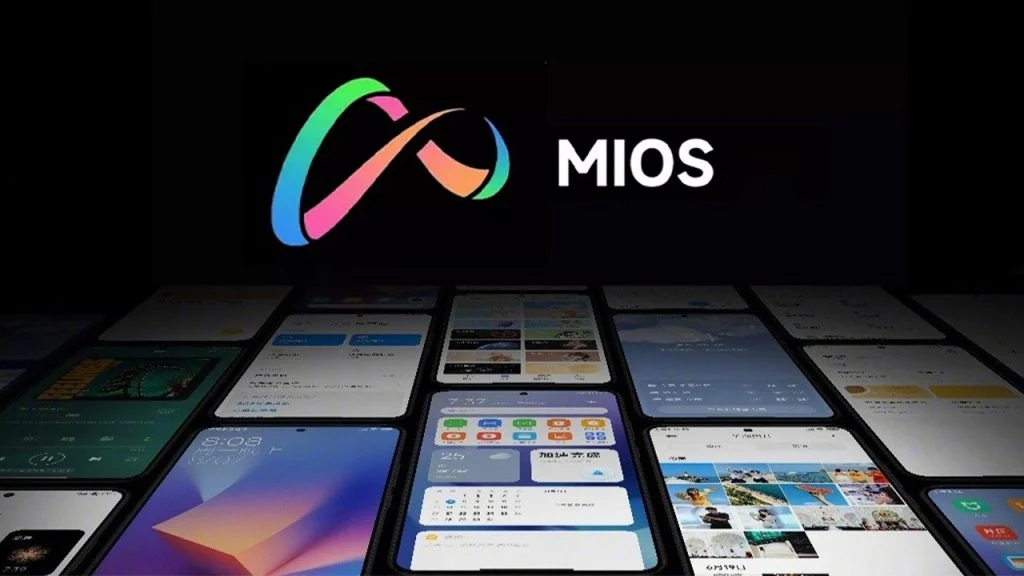Nvidia's Response to Global Trade and Technology Regulations
Nvidia, a well-known semiconductor manufacturer recognized for its cutting-edge graphics solutions, is adapting its product offerings to align with the constantly evolving landscape of worldwide trade and technology regulations.
Tweaking for Regulatory Compliance
In response to the newly implemented export control guidelines by the US government, Nvidia has rolled out a slightly modified variant of its RTX 4090 D graphics chip specifically tailored for the Chinese market. This strategic maneuver aims to address China's rapid strides in the realm of artificial intelligence (AI).
The recently revealed RTX 4090 D chip maintains its remarkable processing capabilities as a graphics chip while incorporating around a 10% reduction in processing cores compared to its global edition. Through this adjustment, Nvidia ensures adherence to the constraints set forth by the US government without significantly compromising the product's appeal to Chinese gamers and tech aficionados.
Adapting to International Regulations
Nvidia's choice exemplifies how technology firms are maneuvering through the intricate tapestry of international regulations. By customizing their offerings to meet distinct regional requisites, these corporations can uphold a robust presence in pivotal markets. For Nvidia, this entails fine-tuning its flagship products like the RTX 4090 D to harmonize with US export controls while still satisfying the needs of the Chinese market.
Striking a Balance between Innovation and Geopolitical Realities
This strategic decision by Nvidia also mirrors a broader trend in the tech sector, where companies are increasingly challenged with harmonizing technological strides with geopolitical realities. Nvidia's approach signifies a practical response to these hurdles, ensuring the company's enduring significance in the global semiconductor domain.
Commitment to the Chinese Market
Furthermore, Nvidia's initiative to tailor its offerings for the Chinese market transcends mere compliance; it represents a strategic step to sustain engagement with one of the globe's largest markets. Despite the limitations imposed by the US administration, Nvidia's readiness to tweak its products for China underscores its dedication to a market pivotal for its continual expansion and triumph.
In Conclusion
Nvidia's launch of a marginally less potent iteration of the RTX 4090 D graphics chip exclusively for the Chinese market underscores the company's adeptness in navigating the complexities of international regulations. By effecting crucial adjustments to their flagship products, Nvidia ensures alignment with US export controls while effectively catering to the demands of the Chinese market. This move not only stresses the necessity for tech entities to juggle innovation and geopolitical considerations but also accentuates Nvidia's pledge to preserving a formidable presence in the global semiconductor sector.



